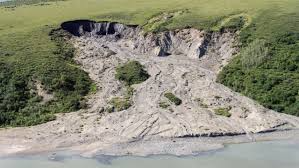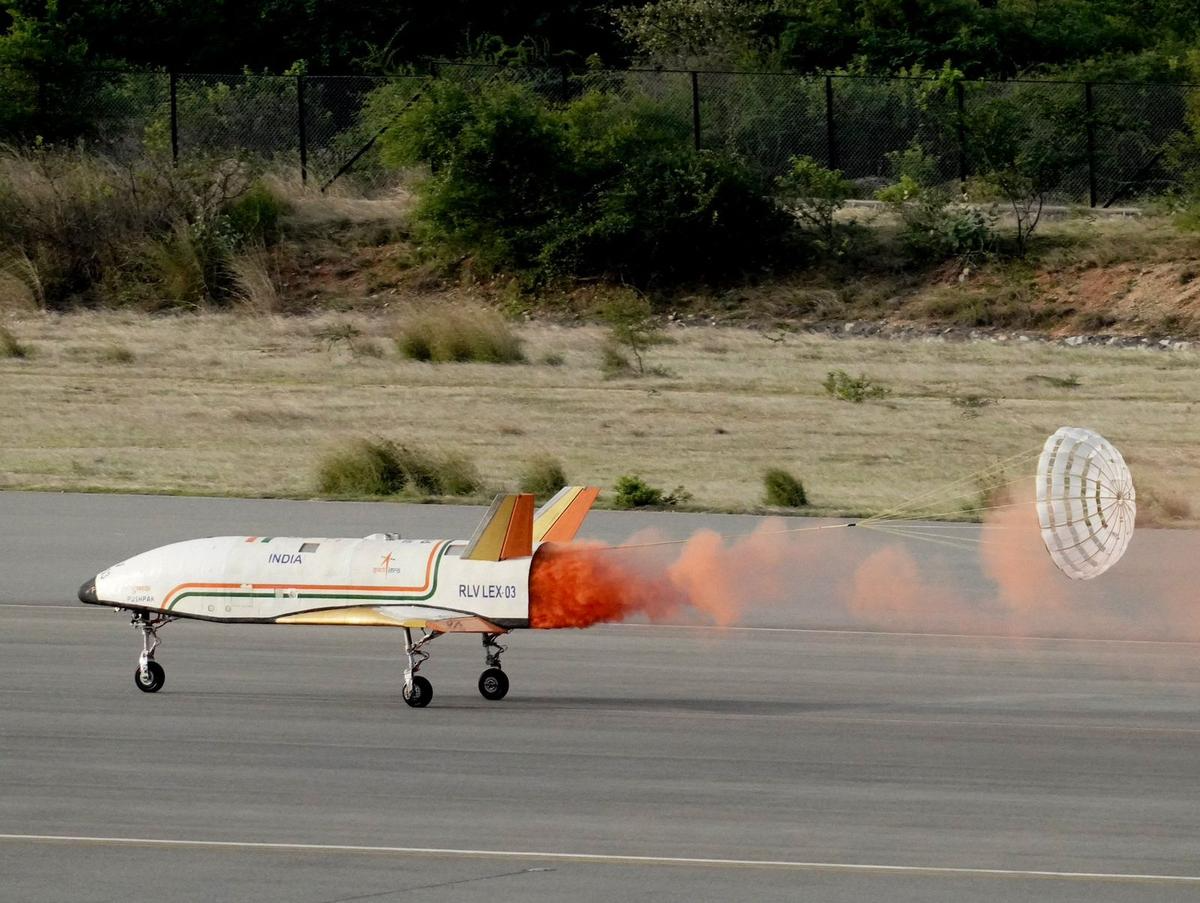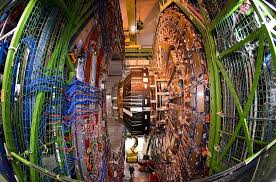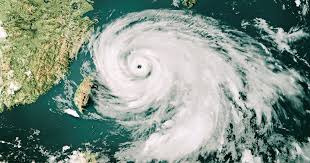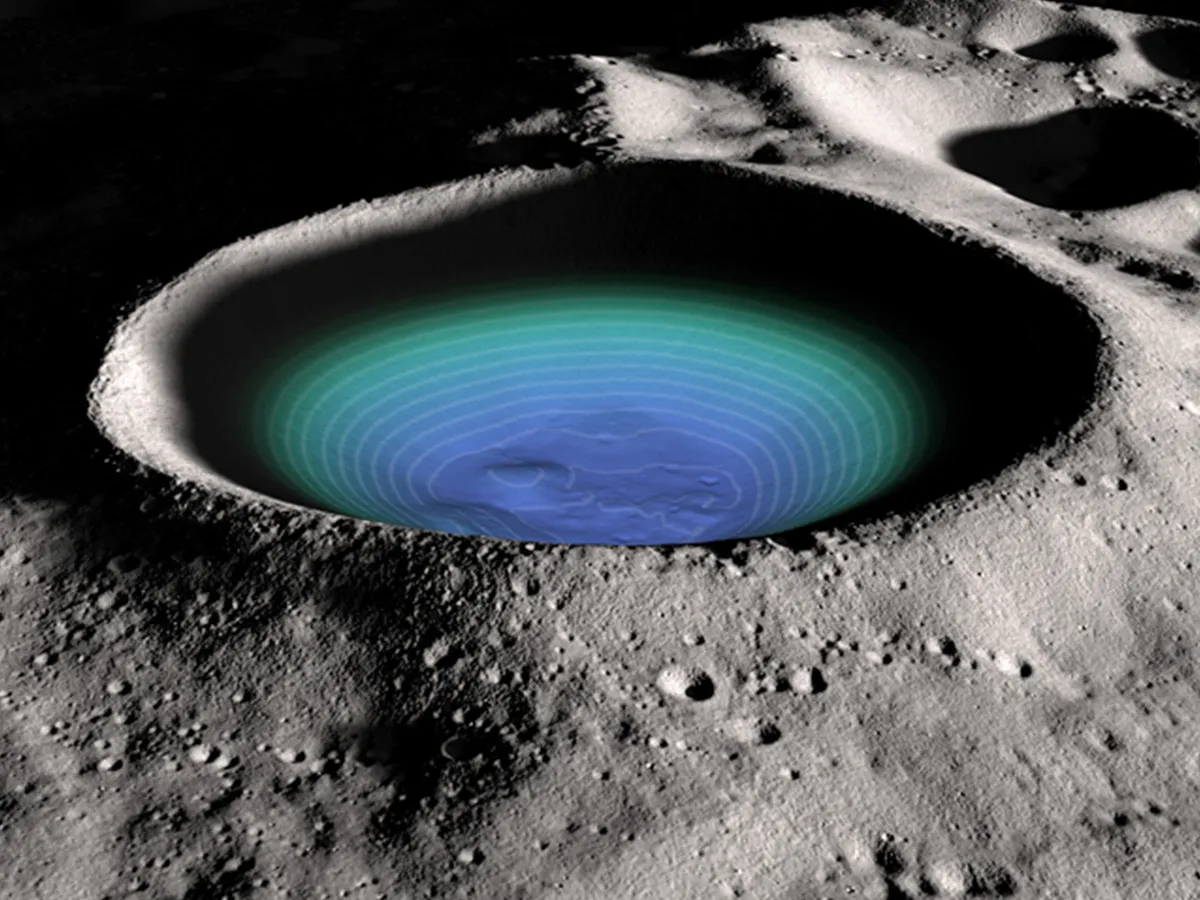
NASA Confirms Presence of Water on Moon’s Surface A New Era for Lunar Exploration
In a monumental stride for space science, NASA has officially confirmed the presence of molecular water on the sunlit surface of the Moon, fundamentally reshaping our understanding of Earth’s closest celestial neighbor. This discovery not only challenges long held assumptions that the Moon’s surface is bone dry under direct sunlight, but also holds transformative implications for the future of human space exploration and the viability of a long term lunar presence.
The breakthrough stems from detailed observations made using NASA’s now retired Stratospheric Observatory for Infrared Astronomy (SOFIA) a telescope mounted aboard a modified Boeing 747. Using advanced infrared instrumentation, SOFIA identified distinct spectral signatures of water molecules (H₂O) in the Moon’s southern hemisphere, particularly in Clavius Crater, a region previously believed to be too exposed to support stable water. What sets this finding apart is its precision earlier missions detected hydrogen bearing compounds, but couldn’t determine if it was water (H₂O) or hydroxyl (OH). SOFIA’s ability to measure at a specific wavelength made it possible to confirm that genuine water molecules are indeed present.
This revelation disrupts prior models that suggested water could only exist in permanently shadowed regions near the lunar poles, where freezing temperatures keep volatile molecules stable. The presence of water in sunlit areas suggests that the Moon’s surface chemistry is far more dynamic than previously thought. Scientists now theorize that water might be stored within microscopic glass beads in the lunar regolith remnants of ancient volcanic eruptions and meteoritic impacts. These tiny glass pockets could be protecting water molecules from solar radiation, allowing them to persist even under the Moon’s harsh conditions.
From a practical standpoint, this discovery opens the door to in situ resource utilization (ISRU) a cornerstone concept in NASA’s Artemis program and future Mars missions. Water is an essential resource not just for human consumption, but for generating oxygen and producing rocket fuel through electrolysis. If water can be extracted efficiently from the Moon's surface, it could reduce the need to transport costly supplies from Earth. This would significantly enhance the feasibility of long duration missions and make the Moon a viable staging ground for deeper space exploration.
Moreover, the implications extend beyond human exploration. The ability to locate and map water on the Moon is also critical for robotic missions and scientific research. NASA’s upcoming Lunar Trailblazer mission aims to produce high resolution maps of lunar water using infrared spectrometry, while the VIPER rover, scheduled to launch later this decade, will explore the lunar South Pole and perform on site sampling. Together, these missions will help determine how water is distributed across the Moon, how it interacts with the environment, and if it renews itself or remains static.
Geopolitically, the timing of this discovery is significant. With several nations including China, India, Russia, and members of the Artemis Accords ramping up lunar ambitions, the confirmation of accessible water adds a new layer of urgency and competition. Water is not just a scientific curiosity; it is a strategic asset. Nations that gain early access to sustainable lunar water sources could hold substantial leverage in the emerging space economy. In this context, water has become the Moon’s version of oil a critical enabler of technology, exploration, and political influence.
Scientifically, the discovery raises important questions about the Moon’s geological history and planetary evolution. Where did the water come from? Was it delivered by comets or asteroids? Or was it formed by interactions between solar wind and oxygen rich lunar dust? Some scientists suggest that volcanic activity in the Moon’s ancient past may have contributed to the creation of subterranean water reservoirs, while others believe continuous bombardment by micrometeorites has helped generate and trap water over time. Understanding these mechanisms could help us unravel similar processes on other celestial bodies, including Mars and asteroids.
The public reaction to the announcement has been enthusiastic, with renewed interest in lunar science from students, educators, and space enthusiasts around the globe. NASA has responded by increasing outreach efforts, including educational webinars, interactive mission briefings, and digital access to Moon related datasets. This surge in public curiosity supports broader STEM engagement and reaffirms space science as a unifying human endeavor, especially as we look beyond Earth in the face of climate change, technological shifts, and global uncertainty.
In sum, the confirmation of water on the Moon’s sunlit surface represents a pivotal moment in both scientific discovery and space policy. It marks the beginning of a new chapter where the Moon is no longer just a distant object of study, but a practical destination a place where resources can be harvested, life can be sustained, and humanity can establish a foothold in the cosmos. With ongoing research, international collaboration, and focused exploration, water on the Moon may soon flow not just through science papers, but through the infrastructure of the next great era in space exploration.
Related Post
Popular News
Subscribe To Our Newsletter
No spam, notifications only about new products, updates.




